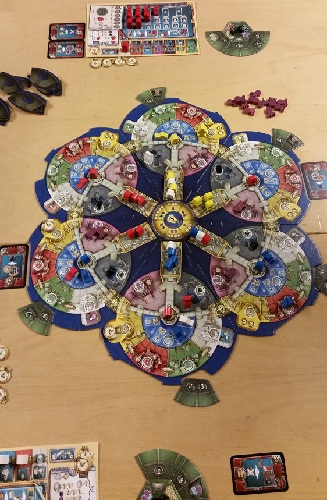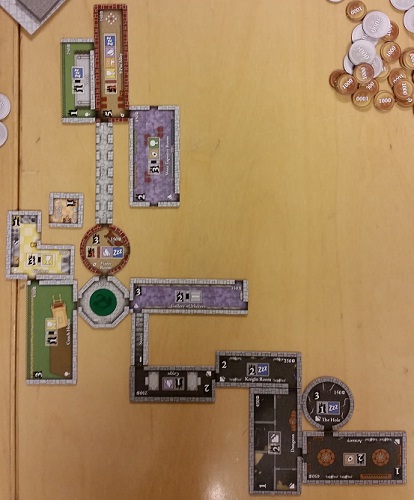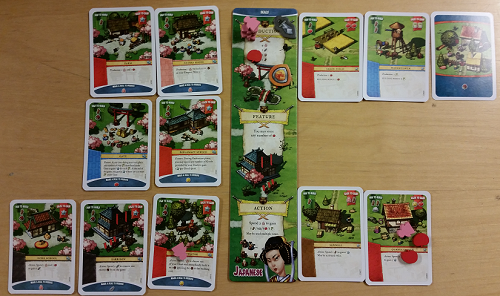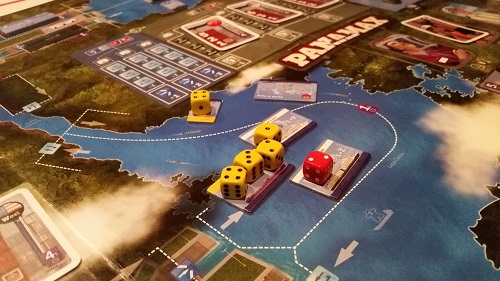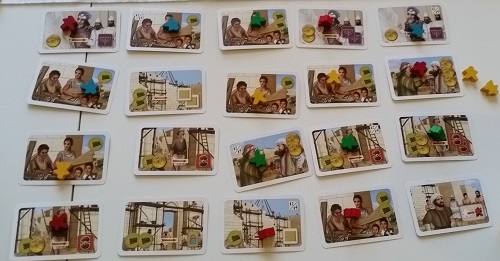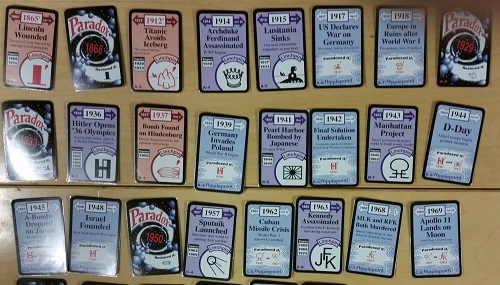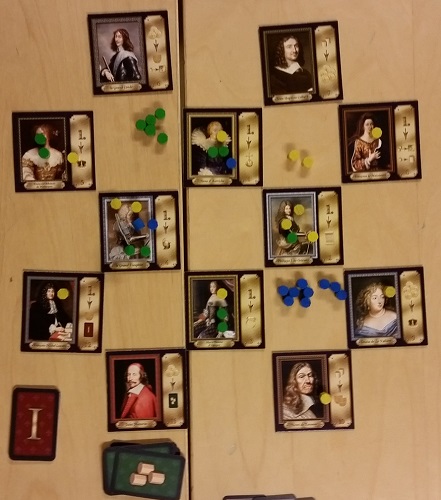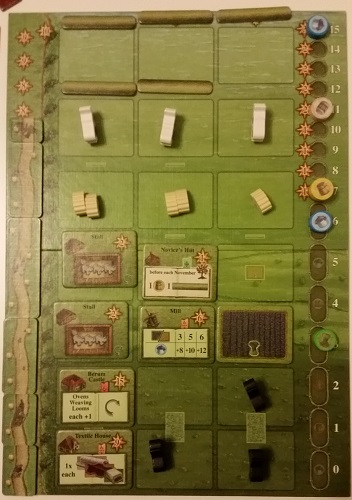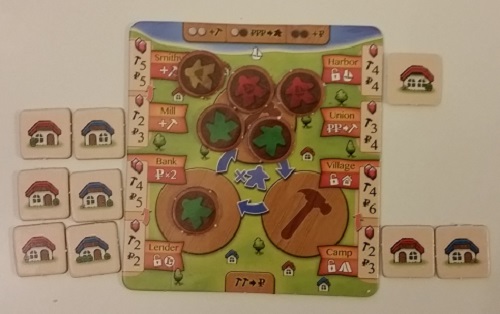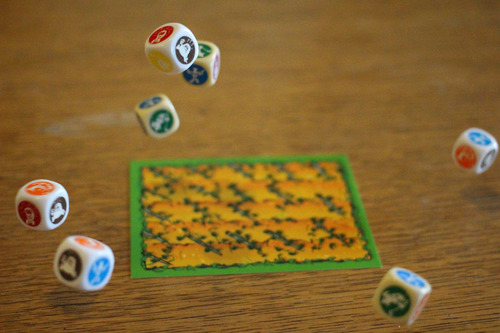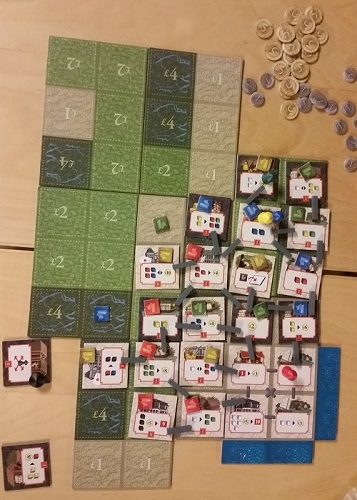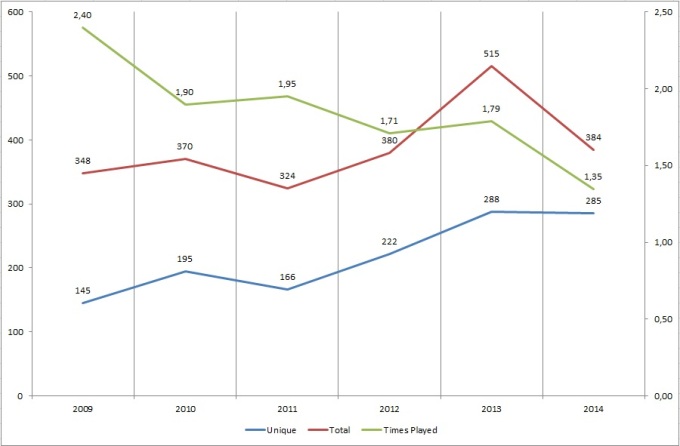Over three months has gone by after Essen 2014. I have now completed to test out the haul I brought back. It seemed also a good time to go through the lot and write about the best and worst games in my mind and also games I’m eager still to get to the table. I’ll pick 4 from both group. The games are in alphabetical order as I cannot say which one like or dislike the most.
The Enthuastic, Suggest department
Aquasphere
The one Feld I bought in Essen. Lots of moving parts, lots of thinking. Planning is required and is rewarded. The first game we played had some rule misunderstanding and some rules were also omitted by mistake. I’m really eager to get this to the table. Time will tell if the game has longevity and will the playing time match the eagerness to play.
Castles of Mad King Ludwig
Just got another game in of CoMKL and it just is a great game. It is a perfect example of a game of today. The game play is pretty solitary but has some player interaction. The theme matches the game play and the playing time should be somewhere 60 – 90 minutes. I just read a great blog post about the route were going with board games. I concur on the points said there. Solo gaming might be becoming more important than additional players.
Imperial Settlers
I have now tried all four deck and I really like this game. IS is easy to explain and starts very fast. The however then slows down and thinking comes along. It goes from play anything you have to play everything you have. Solo play is very good but the game is best with two. The thing I like the most here is the quirkiness of the graphics. I was sold onto the game just based on them. Good thing that the gameplay was as solid as the graphics.
Mythotopia
This is probably the biggest surprise from the game I bought. I didn’t like Two Acres of Snow as it just didn’t go forward in your first play through. Mythotopia however was a blast to play. It is sort of deck builder but the variations the game has will keep it fresh quite some time. I will keep this in my bag until I get a few games more under my belt.
The Indifferents and trade aways
Bania
Bania is a family game from Mattel. I would describe it as training in futility. If all players are even somewhat similar to board games this game is not going to be any fun. All the moves players make keep the score tied and there is no way to get ahead without making a mistake. The worst thing is that the mistakes are easy to spot and nobody is willing to make them. Poor game.
Dice Brewing
The theme is good, the components are good but the game is lousy. The rules are written quite poorly and the gameplay isn’t very straightforward. I just didn’t get this game and I know that I’m not the only one.
El Gaucho
Dice and worker placement should keep me happy but alas this game was something I didn’t like. It was an ok game but all the time I played I didn’t feel anything. It was a dull repetition of actions with cute graphics.
Owacon
Deduction and worker placement, a rare combination. This thing could be considered more as a curiosity than a game. It is original Japan production which can be seen as the terrible graphical interface. The more I thought about this game the more I didn’t like it. This pairing however needs another try in different form.
The want to try section
Arkwright
Orleans
What else? What games did you like from Essen?

